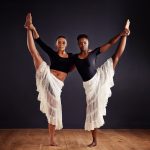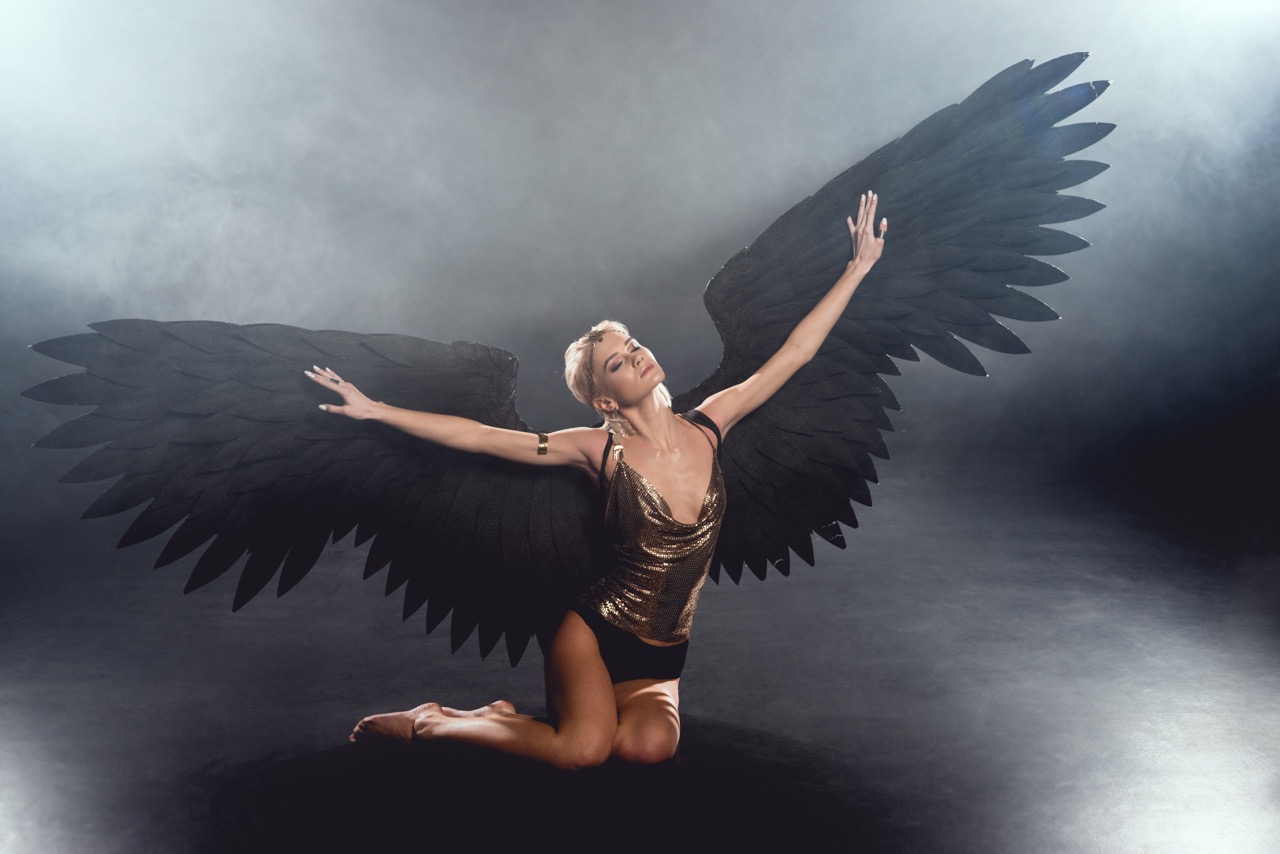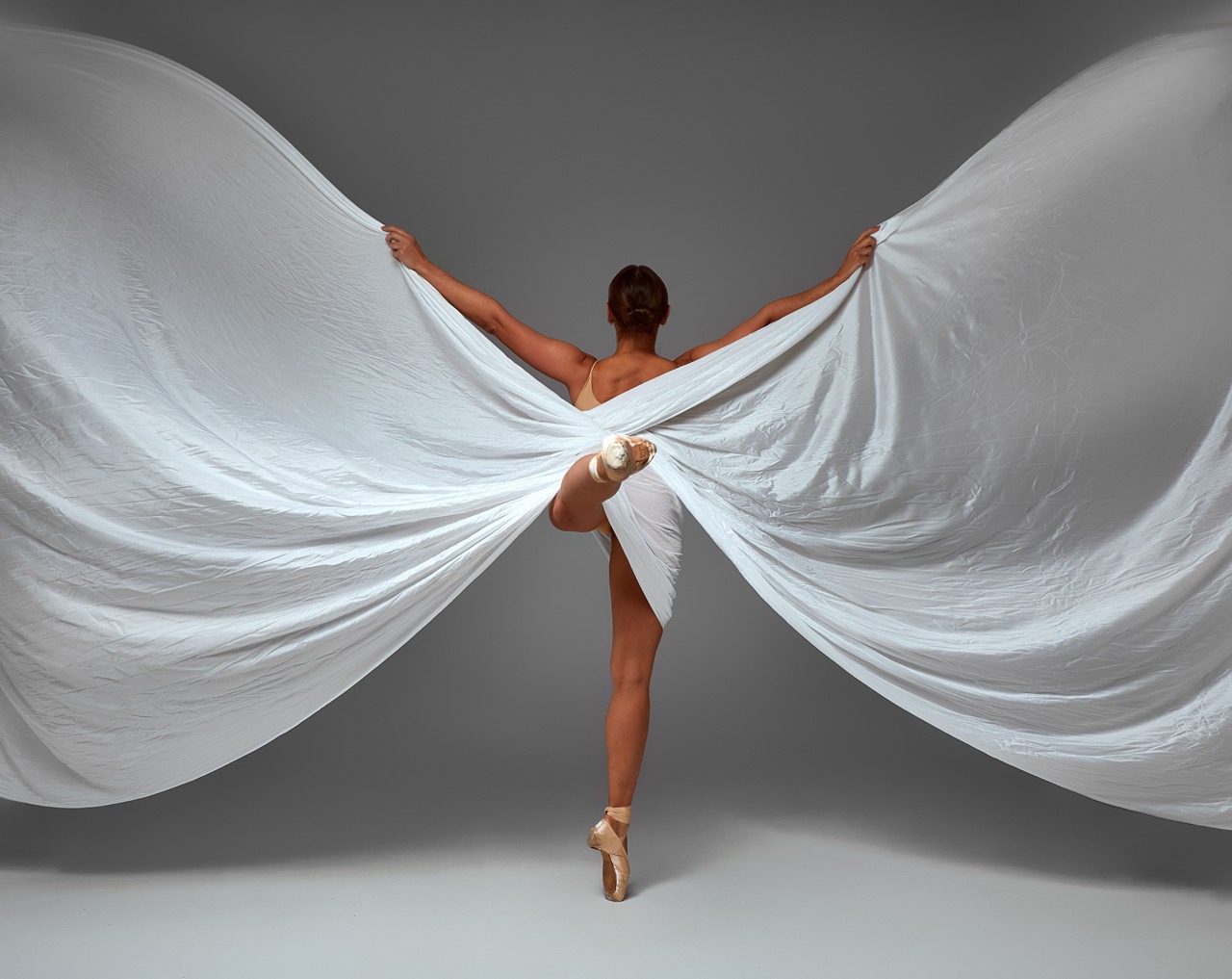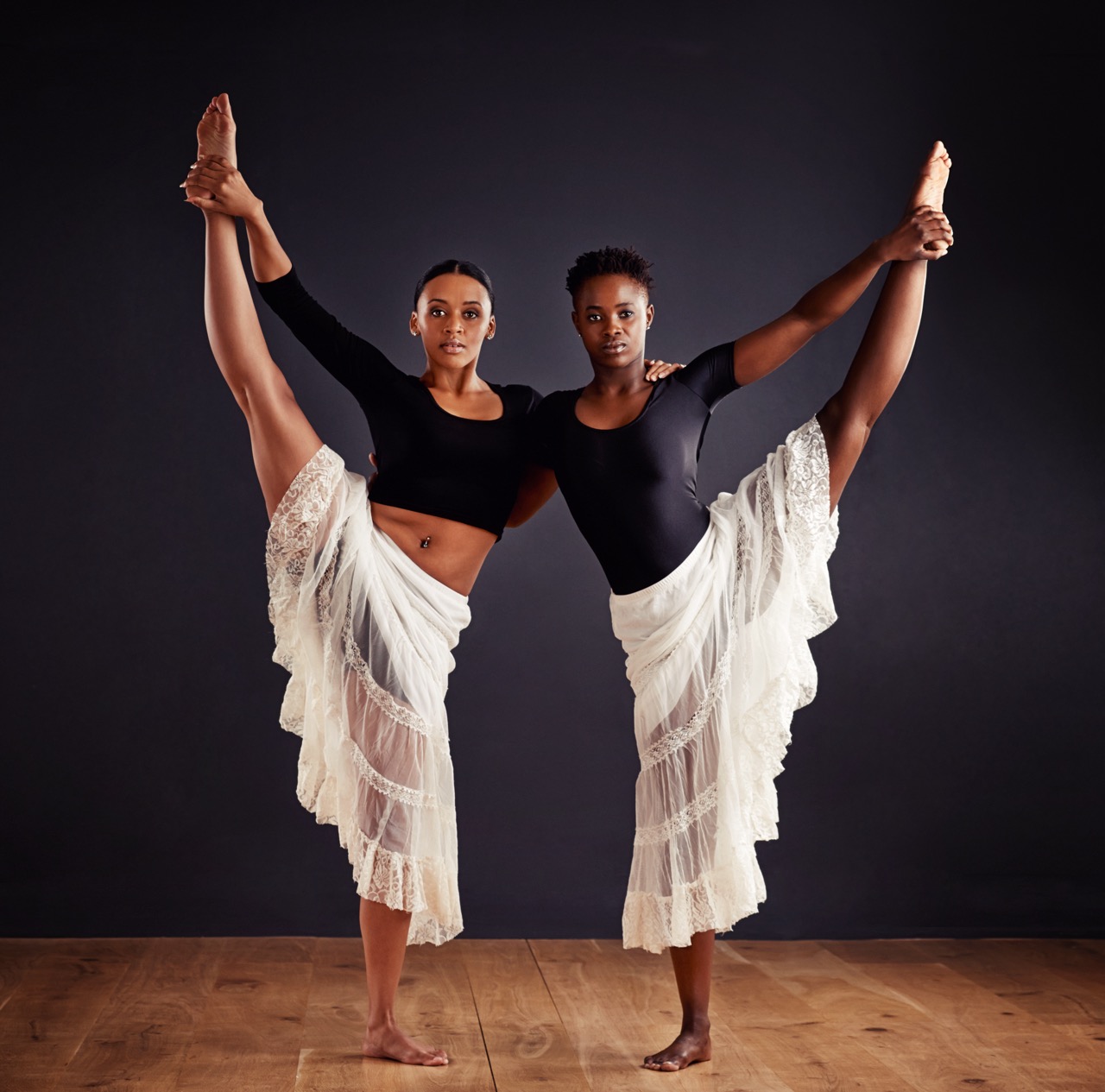In the realm of dance, movement transcends mere physical expression, embodying deeper meanings and emotions. One of the most evocative symbols that dancers often invoke is that of wings. Wings are universally recognized as emblems of freedom, transformation, and transcendence. In dance performances, they encapsulate not only the beauty of movement but also the profound narratives that dancers wish to convey. Exploring the symbolic meaning of wings in dance allows us to appreciate how this motif enriches the storytelling and emotional depth of performances.
Unveiling Freedom: The Metaphor of Wings in Dance
Wings, in their essence, represent the longing for freedom. In dance, this symbolism manifests through the fluid movements that convey liberation. When a dancer extends their arms in a sweeping motion, it mimics the expansive reach of wings unfurling. This visual metaphor evokes a sense of elation and boundless potential, suggesting a break from earthly constraints. Audiences often interpret these movements as expressions of joy, hope, and the pursuit of dreams, encouraging them to envision a life unshackled by limitations.
Moreover, the depiction of wings in dance can also speak to the internal struggles faced by individuals. While wings signify freedom, they may also highlight the hardships of yearning for that liberation. Dancers can embody this duality; their movements may reflect a tension between desire and reality, illustrating the complex feelings associated with the quest for personal emancipation. This dynamic juxtaposition ultimately deepens the emotional resonance of the performance, inviting viewers to reflect on their own journeys toward freedom.
In many cultures, wings are also associated with the idea of flight, which symbolizes transcendence beyond the material world. When dancers utilize wing motifs, they are not just performing; they are inviting the audience to share in a collective experience of aspiration. The visual and kinetic representation of wings enables a connection that transcends the physical stage, allowing spectators to immerse themselves in the narrative of liberation. Thus, wings serve as a powerful metaphor for both the individual struggle for freedom and the universal pursuit of liberation.
Embracing Transformation: Wings as Symbols of Growth
The symbolism of wings extends beyond freedom to encompass transformation and growth. Just as butterflies undergo metamorphosis to emerge with vibrant wings, dancers often embody the journey of personal evolution through their movements. The act of dancing, particularly when utilizing wing-like gestures, can symbolize the shedding of old identities and the embrace of new possibilities. This transformative aspect resonates deeply with audiences, as it reflects the universal experience of change and self-discovery.
In many dance performances, the progression of movement can be seen as a narrative arc of growth. Dancers may start with constrained, grounded motions and gradually expand into fluid, expansive gestures reminiscent of wings taking flight. This transition not only narrates the story of personal growth but also serves as a metaphor for resilience in the face of challenges. The evolving movements can depict the struggle and effort required to achieve transformation, making the eventual display of ‘wings’ a powerful representation of triumph over adversity.
Additionally, the imagery of wings can signify a reconnection with one’s true self. In performances that explore themes of personal or spiritual growth, dancers may incorporate wing-like movements that symbolize the awakening of potential within. The act of extending one’s arms and embodying the essence of flight can serve as a reminder of the beauty of embracing change and the importance of self-acceptance. Consequently, wings become a transformative symbol, encouraging both dancers and audiences to embrace their own journeys of growth and reawakening.
The Aesthetic Appeal: Wings and Movement in Performance
The aesthetic dimensions of dance are intricately woven with the symbolism of wings, enhancing the visual spectacle of performances. The fluidity and grace inherent in wing-like movements evoke a sense of beauty that captivates audiences. The way a dancer employs their body to mimic the elegance of flight not only draws attention but also creates a poetic interplay between motion and emotion. This aesthetic appeal transforms performances into breathtaking expressions of art, allowing viewers to experience a visceral connection to the themes being explored.
Choreographers often strategically incorporate wing motifs to heighten the expressiveness of their works. The use of fabric, props, or even costumes with wing-like designs can amplify the visual impact, making the theme of flight more pronounced. These elements serve as extensions of the dancer’s body, enhancing the narrative while simultaneously enriching the performance’s aesthetic quality. The interplay between movement and visual elements allows for a multi-dimensional experience that resonates on both an emotional and intellectual level.
Moreover, wings in dance performances can create a dialogue between the dancers and the audience, blurring the lines between the observer and the observed. As dancers embody the metaphor of wings, they invite viewers to engage with the performance on a deeper level, prompting reflections on themes of freedom, transformation, and beauty. The aesthetic allure of wing-like movements fosters a unique kinesthetic experience that lingers in the minds of spectators long after the performance has ended, underscoring the significance of wings as a powerful symbol in the art of dance.
Spiritual Elevation: Wings as Connectors to the Divine
In many cultures and spiritual traditions, wings are often viewed as conduits to the divine. In dance, this connection manifests through movements that suggest elevation and transcendence. Dancers who embody wing-like gestures can evoke a sense of spirituality, transcending the earthly realm to reach a higher plane of existence. This symbolic elevation resonates deeply, inviting audiences to contemplate the spiritual dimensions of life and the quest for enlightenment.
The depiction of wings in dance can also serve as a reminder of the interconnectedness of all beings. Just as birds soar through the skies, dancers can express the notion that everyone has the potential to rise above their circumstances. This connection to the divine fosters a sense of community among audiences, who may feel inspired to reflect on their own spiritual journeys. Through the language of movement, dancers become messengers, channeling themes of hope, faith, and transcendence that resonate with viewers on a profound level.
Furthermore, the spiritual appeal of wings in dance can encourage the exploration of inner states of being. As dancers invoke the symbolism of wings, they often delve into deep emotional and spiritual themes, manifesting a range of experiences from joy and liberation to grief and longing. This exploration of the human condition through the lens of spirituality not only enriches the performance but also invites audiences to engage in a collective reflection on their own spiritual paths. In this sense, wings become a bridge connecting the material world with the divine, elevating the art of dance to a transcendent experience.
The symbolic meaning of wings in dance performances is multifaceted and rich with emotional resonance. From expressions of freedom and transformation to the aesthetic beauty of movement and connections to the divine, wings serve as a powerful motif that enhances the narrative depth of dance. By embracing the metaphor of wings, dancers not only captivate audiences but also encourage a collective exploration of the human experience, inviting reflections on aspiration, growth, and spirituality. Ultimately, the symbolism of wings elevates the art of dance, transforming it into a profound medium for storytelling and emotional connection.








